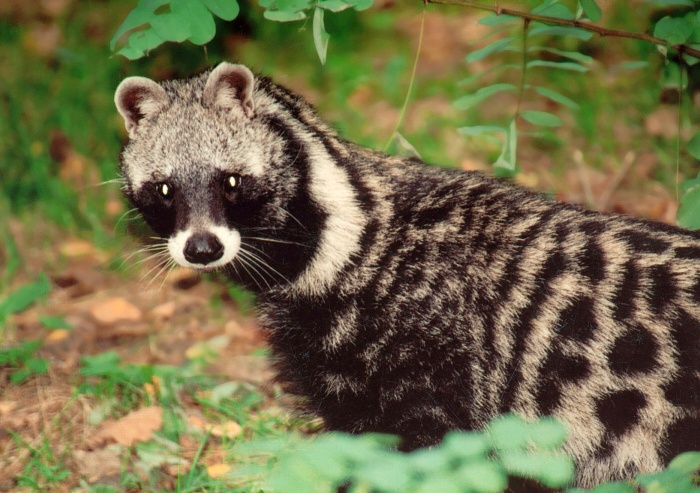
In just the past week it was announced that US troops in
West Africa to combat Ebola will begin leaving the slowly normalizing, but
still fraught, nations worst hit by outbreak. Compared with the “worst case”
scenarios laid out in the NY Times and by the CDC, the already massive human
tragedy could have been 100 times worse. Part and parcel to those apocalyptic
scenarios was the spread to, and then within, the US and Europe in metropolitan
cities where containment is made arduous. Except for a few isolated cases, this
threat did not materialize. Still, 10,000 human lives have been lost and the
response was lethargic at best. Had this been a worldwide disease, more easily
transmitted and slow to show symptoms, what would we have done? And could we be doing more to prevent, rather than react to, infectious disease?
We already have a case study. A disease which has killed
millions since its inception in 1908 (not the 1970s as most people believe),
takes years to show itself and spreads (albeit with low probability) during the
most natural of human behaviors: AIDS. Perhaps unsurprisingly there are
commonalities between Ebola and AIDS that indicate where the “Next Big One” (a
term epidemiologists use to describe the inevitability of another human
pandemic) will arise from.
First, both Ebola and AIDS are “zoonoses”, or diseases we humans
contract from animals. This is critical for two reasons: humans are encroaching
on wild habitats as we deforest land to inhabit and, in some parts of the
world, it is desirable to eat wild animals. In telltale fashion, the areas of
the world where wild animals show up on lunch menus are also the origins of
some of our most potent pandemics: SARS and H5N1 from southern China and Ebola in
western Africa. “Yewei” (Mandarin for “Wild Flavor”) includes the ingestion of
frogs, turtles, snakes, badgers, civets (similar to a cat, pictured above) and many other
mammals. Such exotic dishes are supposed to bring luck and prosperity just as poached
African ivory supposedly acts as an aphrodisiac.
Second, the two killers are RNA-based viruses. There are two
distinctions there: an RNA-based genome, not DNA-based, and a virus not a
bacteria. The importance of RNA is that viruses are small, plentiful and highly
adaptable. RNA has none of the error-checking features of the DNA double-helix
so allows for mutations (‘errors’) to transform a virus from inert to deadly in
a human host given the right (or entirely wrong from our perspective) recombination.
Bacteria, such as the flu, are large and susceptible to the right antibiotics
but can be just as deadly and zoonotic (transferrable from animals) as viruses
are.
In “Spillover”, David Quammen elucidates these and other
criteria as well as profiling those personalities on the front-line against the
NBO. He explores the history of HIV, for instance, and provokes the question of
how this disease made its way from the relatively isolated tributaries of northwestern
Cameroon to city centers and eventually circled the globe.
Probably most important, David encourages a change of
thinking about these diseases. Instead of the perception that these are alien
invaders to be conquered, the reality is that we are in constant contact with
these organisms in a shared ecosystem. By putting a strain on long-serving host
animals, where these viruses exist without harm, we enable the virus to make a
biological jump to us and force it to adapt to a new set of hosts, often with
deadly implications, as their former enclaves are eradicated. A greater
appreciation for this balance would go a long way to avoiding a human-virus
cold war in which pharmaceuticals are pitted against rapid evolution.
References:
- - Klain, Ron.
Finishing off Ebola. http://www.nytimes.com/2015/02/21/opinion/finishing-off-ebola.html?_r=0.
February 20, 2015.
- Quammen,
David.
Spillover: Animal Infections and the Next Human Pandemic. 1st ed. N.p.: W. W.
Norton, n.d. Print.- Civet photo. http://animalsadda.com/african-civet/. Animals Adda. Accessed: February 21, 2015.
No comments:
Post a Comment